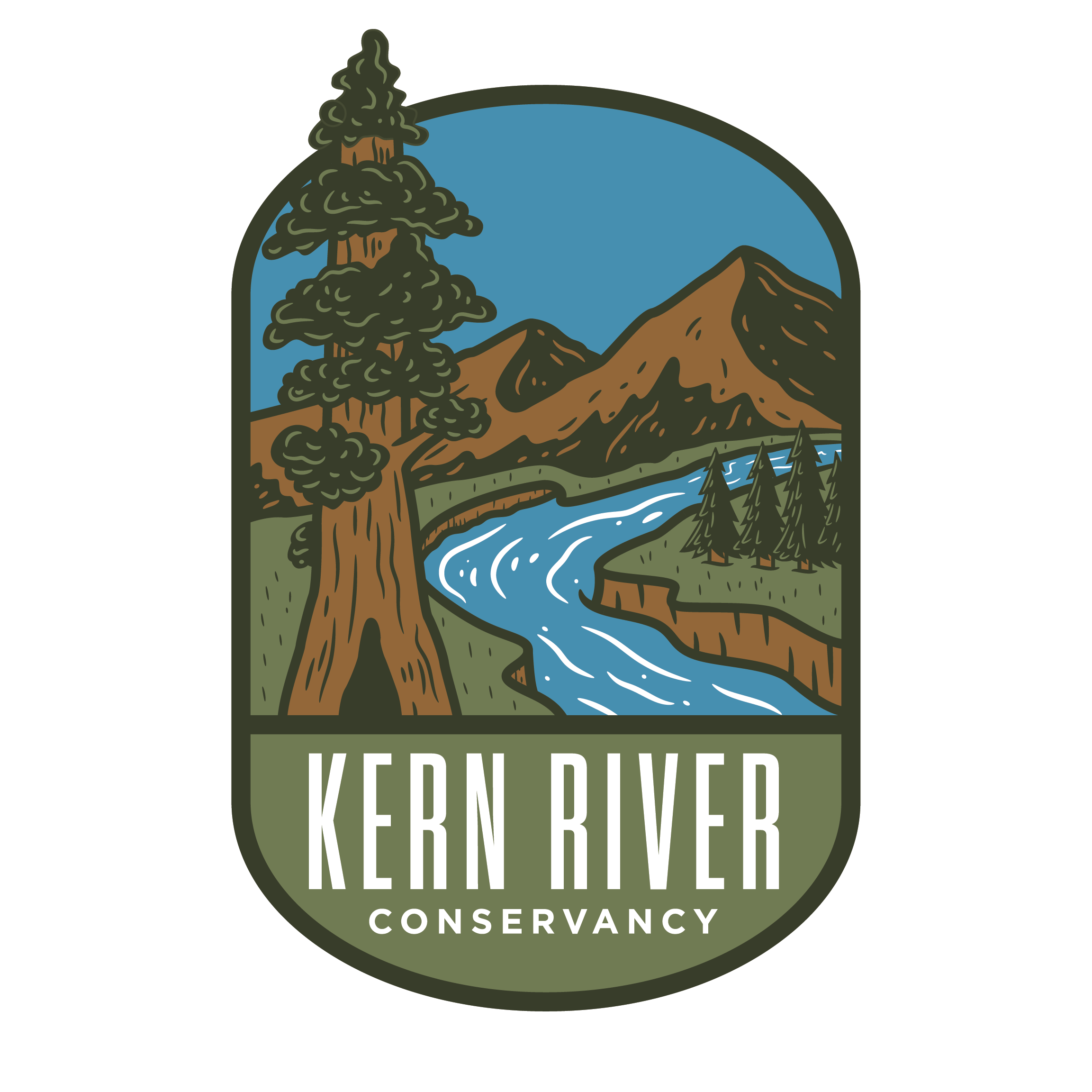Fire Prevention
WILDFIRES CAN BE DESTRUCTIVE AND DEADLY. BE FIRE READY!
Pick Your Spot Wisely: Use existing fire circles or pits if available. Do not build a fire in dry or windy conditions, especially if there are fire restrictions in place (check with local authorities). Build fires at least 15 feet away from tent walls, shrubs, or other flammable materials.
Prepare Your Pit: Choose a spot for your campfire that is downwind from your tent and gear, and protected from wind gusts. Clear a 10-foot-wide diameter area around your site, and make sure there are no limbs or branches hanging over your pit. Always circle the pit with rocks, or use an existing fire ring.
Build A Campfire: Once you have a prepared pit, you are ready to build the campfire. It is recommended to use three types of wood. Tinder, which is made of small twigs, dry leaves or grass, will get the fire started initially. Kindling, consisting of twigs smaller than one inch around, will help to light the larger pieces of wood. Fuel—the large pieces of wood—will provide the heat and sustained flames once the tinder and kindling are consumed.
This is the most important step! EXTINGUISH THE FIRE: Campers need to properly maintain and extinguish campfires when going to bed or leaving the area. Pour water on the fire to drown all embers, not just the red ones. Once this is done, stir everything in the pit with a shovel and test for heat with the back of your hand. - Smokeybear.com
*Buy it where you will burn it: Our forests are threatened by nonnative insects and diseases. Many of these pests can be transported long distances on firewood. Once transported to new areas, these invasive species can become established and kill large numbers of trees and shrubs.
Are You Wildfire Ready?
Campfire Safety Video
Campfire Safety Video - Spanish




